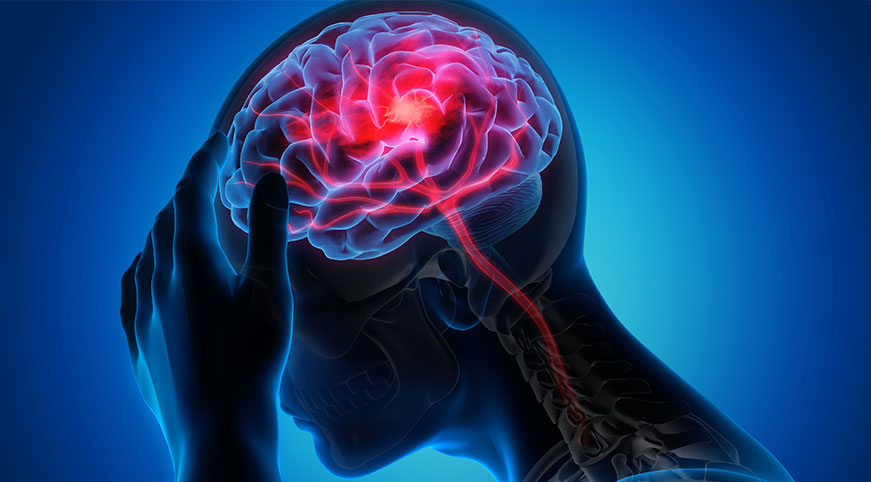Strokes are a leading cause of death in the United States. According to the Centers for Disease Control and Prevention, about 795,000 people suffer a stroke each year. Marco Hernandez, MD, FACEP, Medical Director of CHA Hollywood Presbyterian Medical Center’s Emergency Department explains the different types of strokes, treatment options, and risk management factors.
What is a stroke?
A stroke is a life-threatening medical condition that occurs when the blood supply to part of the brain is blocked or when a blood vessel in the brain ruptures. There are two types of strokes, ischemic and hemorrhagic strokes. Ischemic strokes are the most prevalent type, resulting from blood clots blocking an artery leading to the brain. Atherosclerosis often causes ischemic strokes, while elevated blood pressure is a common factor in hemorrhagic strokes.
When is a stroke most likely to occur?
Strokes are more frequent in the early morning due to an increased tendency for hormones like cortisol to coagulate upon waking up.
How does treatment differ for hemorrhagic and ischemic strokes, and how soon do they need to be treated?
Hemorrhagic strokes often result from elevated blood pressure, but they can also be caused by a cerebral aneurysm. An aneurysm is a small pouch that forms in an artery, weakening it and leading to a potentially fatal rupture. Treatments for these cases vary significantly. Managing blood pressure and close monitoring may be sufficient in some cases, while in others, surgical intervention is necessary. Procedures like coiling, the insertion of metal coils through a catheter into the aneurysm to block blood flow, can be performed for aneurysms or arteriovenous (AV) malformations. While ischemic strokes demand immediate attention, hemorrhagic strokes have a safe treatment window of about six to 12 hours. TPA or TNK should be administered within four and a half hours to restore blood flow.
People sometimes have strokes without realizing it.
Yes, these are termed “Silent Strokes”. They involve infracts from atherosclerosis, often without noticeable symptoms until a brain scan reveals damage. Prevention involves managing blood pressure and cholesterol, and regular ultrasound checks to see if there’s any kind of closing of those arteries. If you have carotid artery stenosis, you can also address it with procedures like a thrombectomy.
Do you have any advice for the general public about strokes, or for patients who have already experienced a stroke to prevent the recurrence?
The main thing is controlling your risk factors. Regular visits to your doctor can ensure that your blood pressure and cholesterol are under control, and refrain from smoking. Adopting a healthy lifestyle, which includes regular exercise and a diet rich in fruits and vegetables, can significantly contribute to preventing strokes.
Go to our Blog
 ENGLISH
ENGLISH KOREAN
KOREAN Spanish
Spanish RUSSIAN
RUSSIAN Armenian
Armenian FILIPINO
FILIPINO Chinese (Simplified)
Chinese (Simplified) Chinese (Traditional)
Chinese (Traditional)

최신댓글